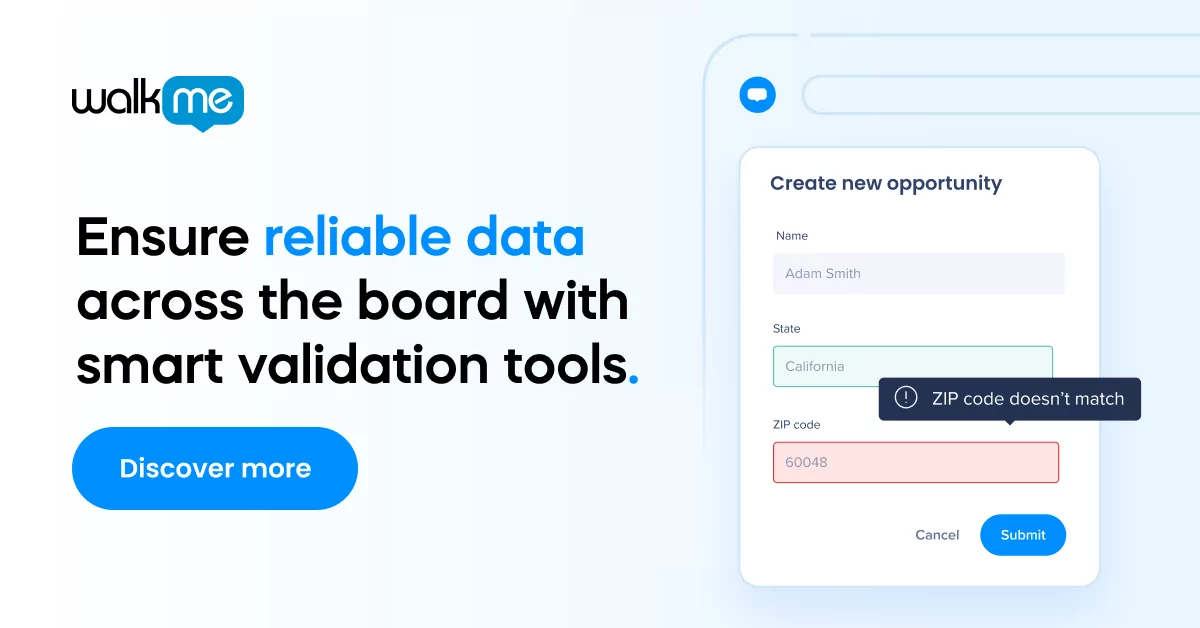Business process modeling (BPM) allows managers to understand a business process, gain insights into process efficiency, and make performance improvements when necessary.
By mapping out the key variables and stages of processes, and then tracking the data surrounding those workflows in real-time, managers can simplify what may otherwise be complex or problematic business operations.
This is one of the main reasons why BPM is so useful―it breaks down real-world events and scales them into manageable pieces to be readjusted.
Since today’s business leaders must often make swift decisions that carry significant implications, BPM isn’t just helpful, it’s a way to reduce information overload, improve decision-making, and minimize the potential for errors.
An overview of business process modeling (BPM)
Models are abstract, simplified versions of real-world events.
Business process models, unsurprisingly, are abstracted versions of business processes, such as workflows.
Many of us are familiar with the most basic types of models used in businesses, such as:
- Process flowcharts
- Diagrams
- Gantt charts
There are also more complex models, such as Business Process Modeling Notation (BPMN), UML diagrams, data flow diagrams, simulation models, and multimethod simulation models.
Each approach has its benefits and drawbacks, as well as specific use cases, so it is worth evaluating each before moving forward with one method. Process flowcharts, for instance, are relatively easy to understand and apply. But as business processes grow in complexity, it is necessary to use more sophisticated models, such as simulation models or multimethod simulation models.
That being said, modern software is making it easier for anyone to model business processes and apply those models quickly.
How BPM is applied in practice
Models are used constantly in every area of business, from the supply chain to customer service to IT to finance.
For instance:
- Design and marketing professionals use customer journey maps to improve the user experience
- Financial professionals use financial models to analyze and predict financial performance
- IT service managers use frameworks and models to improve IT operations and service delivery
- Department managers can model employee workflows in order to improve employee productivity and performance
In short, models can be utilized in all facets of the business, and for virtually any imaginable use case.
Today, as computer modeling becomes more common and accessible, a rapidly growing number of professionals can use models to their advantage.
For instance, no-code platforms give any manager the ability to extract value from models in their own departments, whether or not they have programming knowledge. They can build, implement, and view insightful dashboards without any prior knowledge of coding.
Benefits of BPM
We have already alluded to a few reasons why business process modeling is so useful in the business world―by simplifying processes, models help managers and leaders make faster and better decisions.
These core benefits, however, translate into several other valuable factors, such as:
- Efficiency and cost savings on business processes in every department
- A clearer understanding of how business processes affect business outcomes
- The capability to remain aware and agile when changes to the business or marketplace occur
- Standardization of best-practice processes across departments
Ultimately, these types of benefits can translate into a marketplace advantage over competitors who are not using this approach. Greater efficiency fuels improvement to organizational agility, speed, costs, and overall performance.
How WalkMe’s no-code platform is democratizing BPM
The WalkMe digital adoption platform (DAP), a no-code platform that automates employee training, simplifies business processes, allows users to optimize their workflows across the tech stack, and more.
WalkMe Insights, part of the WalkMe DAP, gives any user the ability to model workflows, then immediately apply those workflows in the workplace.
There are several reasons why this no-code approach is superior to traditional BPM use cases:
- There is no time lag between BPM and application – when managers discover a new and improved process, they can immediately implement it across the digital work environment
- WalkMe Insights delivers privatized, secure insights into employees’ software usage, which offers new depths of understanding into how employees use software, the moment-to-moment performance of a business process, and how to make the necessary adjustments to provide a streamlined employee experience
- Any employee with the proper authorization can use WalkMe’s no-code platform to quickly deploy new workflows, software walkthroughs, or automation, regardless of their coding skill
WalkMe is also used heavily by business leaders, such as CIOs. Since IT operations and software usage are so intertwined, CIOs need to keep close tabs on how software is being utilized across the organization.
Final thoughts
BPM is used in many areas of the organization to improve process efficiency, business agility, and more.
Disruptive innovation is driving organizational change in virtually every corner of the business, including BPM.
No-code platforms are one example, enabling anyone to not only model business processes, but to quickly deploy, standardize, and monitor those processes for company-wide success.


